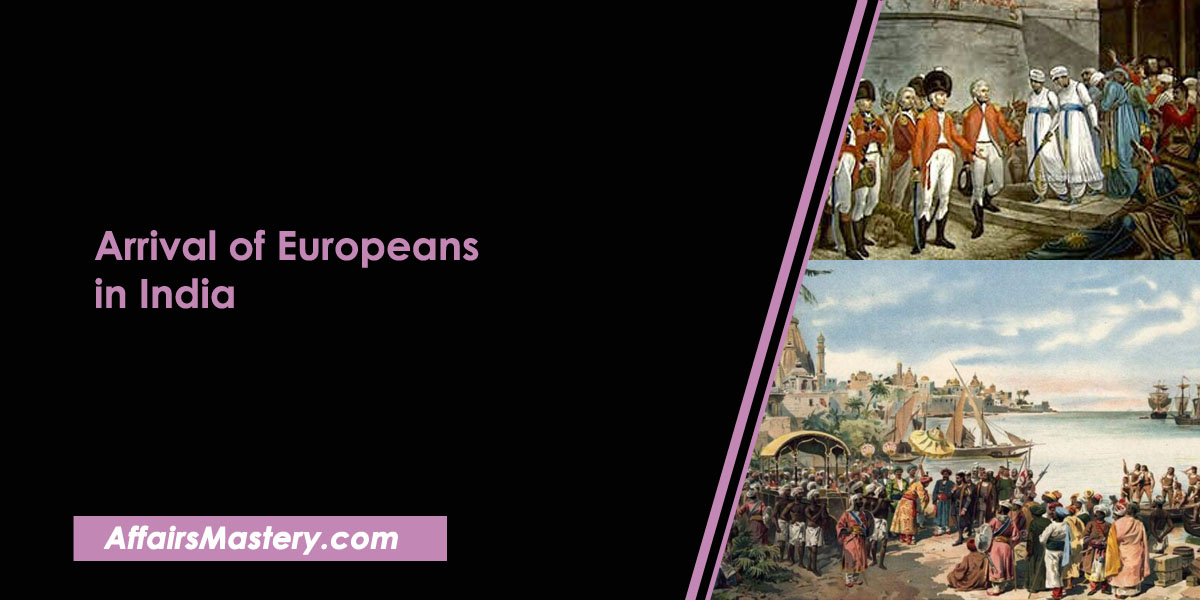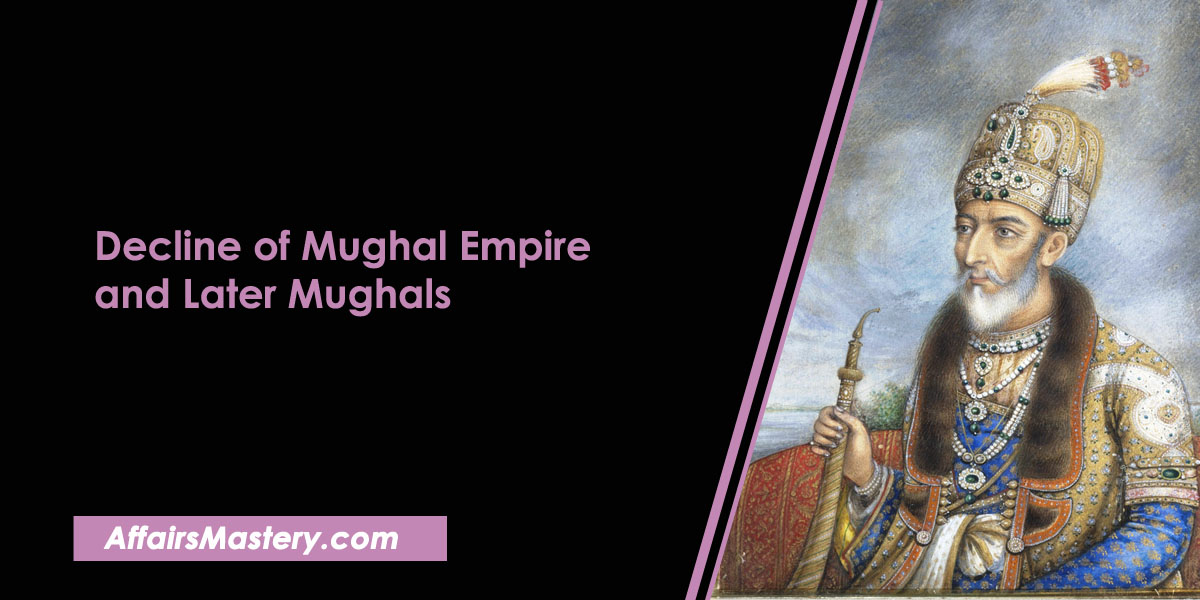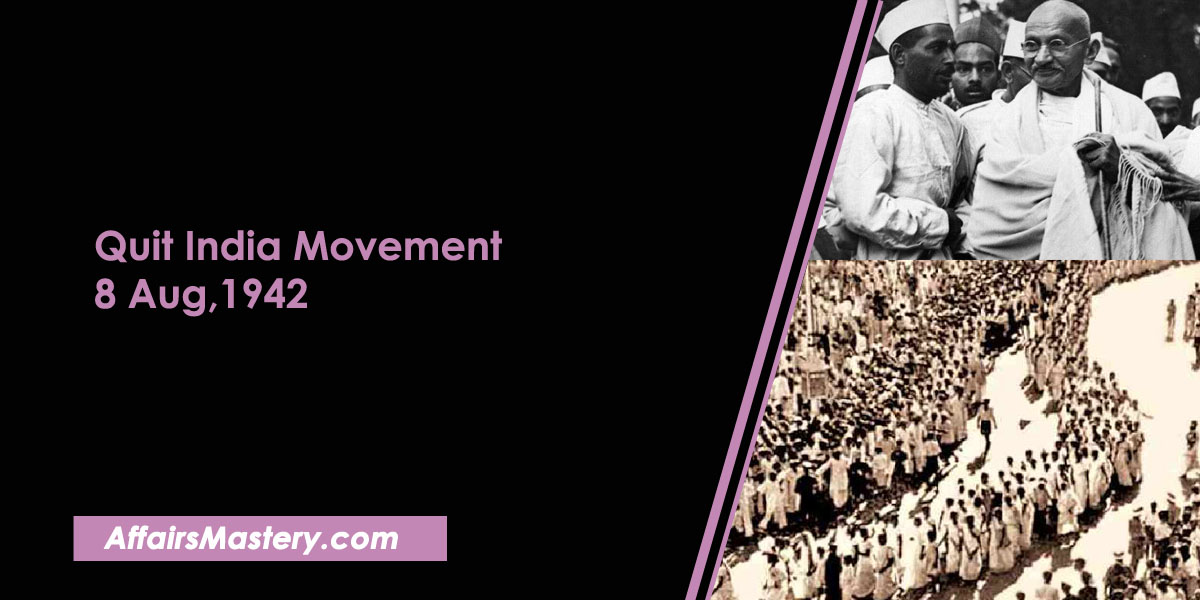Advent of Europeans in India – Portuguese, Dutch, British, Danes, France, Trading Companies, First Factory, Important Events – Important Short Notes
Advent of Europeans in India – Portuguese, Dutch, British, Danes, France, Trading Companies establishment, First Factory establishment. In order to maximize their profits, European trading companies wanted to establish their own trading centers within India and thus they sailed directly there in search of new opportunities. Important Short note for various exams.
By 1492, the Italian explorer Christopher Columbus had made a remarkable discovery and found America and in 1498, Vasco da Gama of Portugal made a remarkable discovery when he found the sea route from Europe to India via the Cape of Good Hope in Africa. This was an incredible feat that opened up new possibilities for trade and exploration between these two regions. The Portuguese were the first to come to India as traders, followed by Dutch, British, Danes and French. This influx of foreign merchants brought with them new cultures.
From the perspective of an examination like Civil services, State exams, SSC, Banking, Railways and any other One Day exam, all the necessary facts and information are listed below.
Arrival of Portuguese
- The Treaty of Tordesillas (1494) was a landmark agreement between the rulers of Portugal and Spain that divided up much of the non-Christian world by an imaginary line in the Atlantic Ocean, approximately 1,300 miles west from Cape Verde Islands. This treaty set out to establish boundaries for their respective empires and colonies around the globe.
- According to the treaty, Portugal was granted rights and authority over all lands east of a designated line while Spain had control over everything west of that same line.
- The first Portuguese mission led by Vasco de Gama in 1498, where he recieved by the local ruler Zamorin.
- In the year 1500, Portuguese explorers sent a second mission under Pedro Alwares Cabral who had successfully established their first trading factory in Calicut.
- Over time, the Portuguese established trading settlements in Cochin, Goa, Daman and Diu, Salsette and Bassein as well as Bombay. These locations became important hubs for their commercial activities.
- The 15-16th century India was marked with smaller kingdoms, especially on the shores which facilitated Portuguese consolidation.
- The Estado Portugues da India (State of the Portuguese India) control over a large part of India. About 60 miles of coast around Goa.
- Additionally, the Portuguese controlled a narrow strip of land which had four major ports and hundreds of towns and villages along the western coast from Mumbai to Daman & Diu as well as Gujarat.
- On the east coast, military posts and settlements were set up like San thome (in Chennai) and Nagapatnam (in Andhra).
- Portuguese were the first Europeans to come and settle in India, but they also ended up being the last ones to leave. In 1961, after a long struggle for independence from colonial rule, Goa, Daman and Diu were finally recaptured by the Government of India.
- Portuguese ships were the first to carry cannon and arms, revolutionizing naval warfare. They also introduced a system of drilling groups of Infantry onshore which allowed for more organized military tactics in battle
- The creation of royal arsenals and dockyards, as well as the maintenance of a regular system of pilots and mapping forces were essential for ensuring that ships could safely navigate through waters.
- Tobacco cultivation, ship making (at Calicut and Gujarat) and the use of printing press began after the arrival of Portuguese.
Arrival of Dutch
- Arrived and formed United East India Company in March 1602 by the Charter of Dutch Parliament.
- It was a kind of a proto-conglomerate company.
- The world’s first formally listed public company in Amsterdam Stock Exchange, which is also known as the world’s oldest formal stock exchange established back in 1611, made its debut.
- Cornelis de Houtman was the first Dutchman to reach Sumatra and Bantam in 1596.
- The Dutch were able to overpower the Portuguese and gain control over all of India’s spice cultivation centers, giving them a monopoly on spices in that region.
- The Dutch East India Company established its first factory in Masulipattam, India back in 1605. Subsequently, other factories were set up at Pulicat (1610), Surat (1616), Kasim Bazar, Patna, Balasore and Nagpattnam as well as Cochin by the company over time.
- First Dutch factory in Bengal was established at Peepli in 1627.
- Travancore king Marthanda Varma’s army defeated Dutch East India company (Battle of Colachel, 1741).
- The English forces retaliated in the Battle of Hooghly (November 1759) which resulted in a decisive victory for them and ultimately led to the defeat of Dutch operations in India
Arrival of British
- After the Spanish Armada was defeated in 1588, with Portugal being a part of Spain at that time, England had gained enough confidence to take on Dutch forces in the East.
- With the Royal charter of Queen Elizabeth I in 1600, East India company gained exclusive right to trade with Eastern countries.
- British emperor James I sent Captain William Hawkins to the court of Jahangir in 1608, to seek permission to establish trading post in India.
- Hawking became the first British to enter India via sea route.
- In 1613, the Mughal Emperor issued an Imperial farman granting permission to the East India Company to establish a factory in Surat.
- The British once again sent a mission led by Sir Thomas Roe in 1615 to ask for more concessions, hoping that this would help them gain further access and influence within the Mughal Empire.
- Initially, the East India Company was granted a monopoly of 15 years in 1609 which then became indefinite after James I issued them with a new charter. This allowed for an extended period of control and influence over trade within that region.
- The first factory in South India was Masulipatnam(1611), soon shifted to Madras. They fortified their factory and named it Fort St. George.
- The East India Company’s position was further strengthened by the ‘Golden Farman‘ of 1632 issued by Sultan of Golconda, which allowed them to trade freely and without any restrictions. This gave them a great advantage.
- With marriage of King Charles II to the Portuguese princess Catherine in 1662, Bombay was presented as dowry to the English monarch.
- In 1651, the East India Company (EIC) established factories at Hooghly and other places such as Kasimbazar, Patna and Rajmahal in exchange for an annual payment of Rs 3,000 to Shah Shuja who was then Subedar of Bengal. This allowed them to expand their trading activities across different regions.
- A mission led by John Surman to the court of Mughal Emperor Farrukhsiyar secured three farman.
- The company was fortunate to be exempted from additional custom duties and allowed the issuance of dastaks (passes) for transporting goods.
Arrival of Danes
- Danish East India company (established in 1616) was first sent to India with Admiral Ove Gjedde.
- In 1620, Admiral signed a deal with the Thanjavur ruler Raghunatha Nayak which allowed them to collect taxes from neighbouring villages of Tranquebar. The Treaty of Tranquebar allowed the Danes to construct Fort Dansborg on the shores of Bay of Bengal in India.
- Danish colonies in India included the towns of Tranquebar (Tamil Nadu), Serampore (Bengal) and the Nicobar islands.
- Serampore was their headquarters in india.
- The Danes had a long and extensive presence in India, holding colonial possessions for an impressive 225 years.
- Serampore Mission Press was established at Serampore in 1799 A.D.
- Despite their best efforts, the Danes were unable to gain a foothold in India and eventually had to sell all of their settlements there to the British in 1845.
Arrival of French
- During the reign of Louis XIV, French East India company established in 1664.
- The first French factory was established at Surat in 1667 by Francis Caron. This was followed shortly after by another factory being set up at Masulipattam in 1669.
- The foundation of Pondicherry were led by Francois Martin in 1673.
- The French position was greatly weakened when war broke out between the Dutch and the French, resulting in Pondicherry being captured by them in 1693.
- Under the treaty of Ryswick, Pondicherry was restored to French.
- During the War of Spanish Succession, France was forced to abandon their factories at Surat, Masulipatnam and Bantam due to a lack of resources which caused them great financial losses.
- To counter British and English, French company was reorganized as the ‘Perpetual Company of the Indies‘ in 1720.
- The arrival of Dupleix as the French governor in India in 1742 marked the start of a long and bitter Anglo-French conflict.
Trading Companies establishment
| Company name | Year of establishment |
|---|---|
| Casa da India (Portuguese) | 1500 |
| Dutch East India | 1602 |
| British East India | 1600 |
| Danes East India | 1616 |
| French East India | 1664 |
First Factory establishment
| European Power | First Factory in India |
|---|---|
| Portuguese | Calicut (1502) |
| Dutch | Masulipatam (1605) |
| English | Surat (1613) |
| Danes | Tranquebar (1620) |
| French | Surat (1668) |
Important events in India
| Year | Remarks |
|---|---|
| 1498 | Arrival of Vasco de Gama |
| 1500 | Arrival of Cabral (2nd Portuguese navigator) |
| 1502 | Vasco de Gama arrives for the second time |
| 1510 | Portuguese control over Goa |
| 1530 | Goa made the Portuguese capital in place of Cochin |
| 1600 | Formation of British East India Company |
| 1602 | Formation of Dutch East India Company |
| 1662 | Portuguese give away Bombay in dowry to the British King |
| 1664 | Formation of French East India Company |
| 1690 | Job Charnock lays the foundation of Calcutta |
| 1708-09 | Merger of two rival British Trade Companies |
| 1759 | Decisive defeat of Dutch at the hands of British (Battle of Bedara/Chinsurah) |
| 1760 | British decisively defeated French (Battle of Wandiwash) |
If you find our content helpful and interesting, please consider joining us on Telegram @affairsmastery_official to show your support. We would really appreciate it!
Related articles
- Important Battles in Indian History 2023-24
- Important treaties in Indian history 2023-24
- List of Foreign Travellers who came to India
- List of Governor General of India and Viceroy of India
- Robert Clive – Important Short Notes for Exams 2023-24
- Warren Hastings – Important Short Notes for Exams 2023-24
- Lord William Bentinck – Important Short Notes for Exams 2023-24
- Lord Canning – Important Short Notes for Exams 2023-24
- Lord Mountbatten – Important Short Notes for Exams 2023-24
- C. Rajagopalachari – Important Short Notes for Exams 2023-24
- Lord Wavell – Important Short Notes for Exams 2023-24
- Lord Linlithgow – Important Short Notes for Exams 2023-24
- Lord Willingdon – Important Short Notes for Exams 2023-24
- Non Cooperation Movement (1919-1922)
- Important Personalities related to Social Movements of India
- List of Important Books on Revolt of 1857 and their Author
- Important Leaders of 1857 Revolt and their places
- Constituent Assembly of India and its Composition: Important Short Notes
- Important Tribal Movements in India
- Direct Action Day 1946: Important Short Notes for Exams
- Interim Government of India, 1946 and its members
- Important Socio Religious Reform Movements in India – Short Notes
- Khilafat Movement (1919-1924) – Important Short Notes for exams
- Lucknow Pact, 1916 – About, Features, Outcome (Important Short Notes)
- C R Formula or Rajaji Formula, 1944 – About, Main Points (Important Short Notes)
- Wavell Plan, 1945 – About, Main Points (Important Short Notes)









